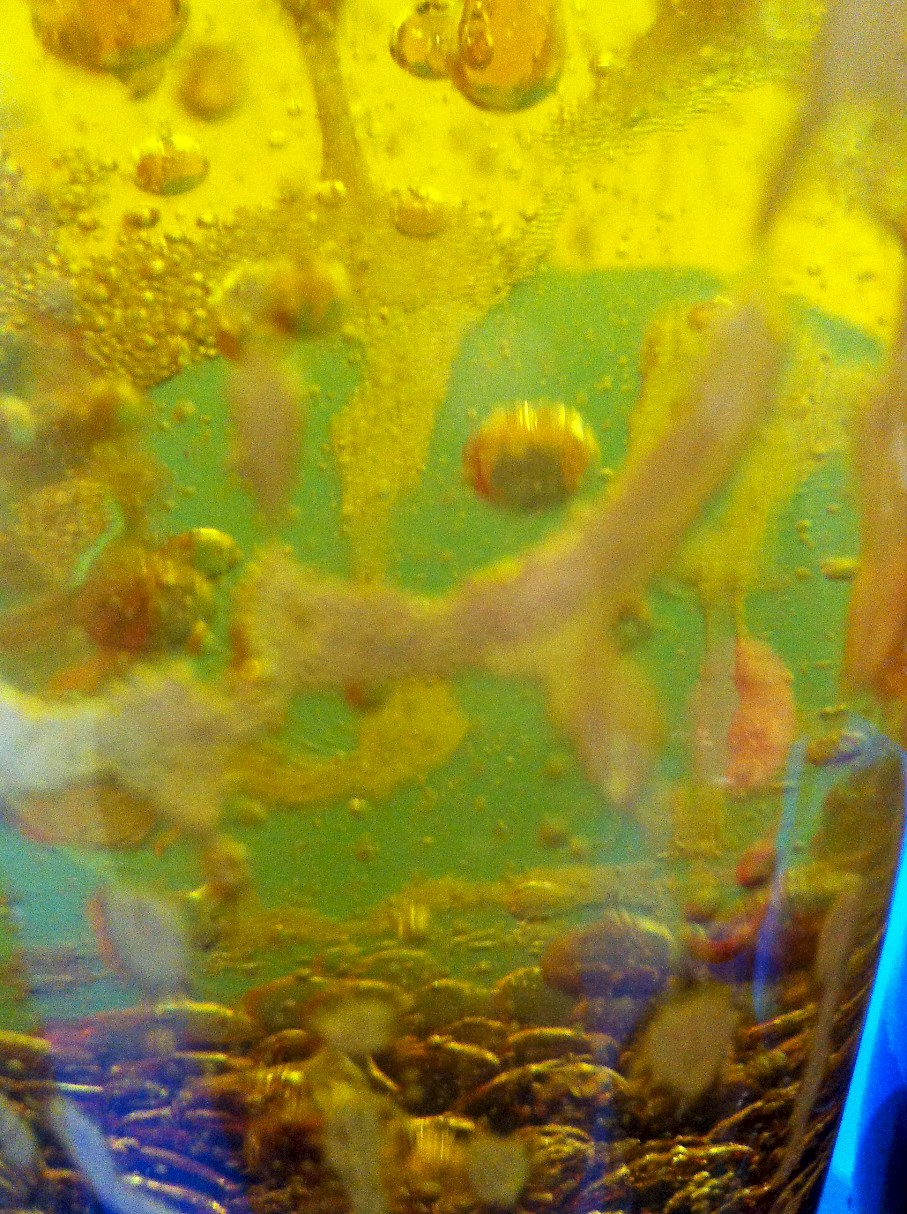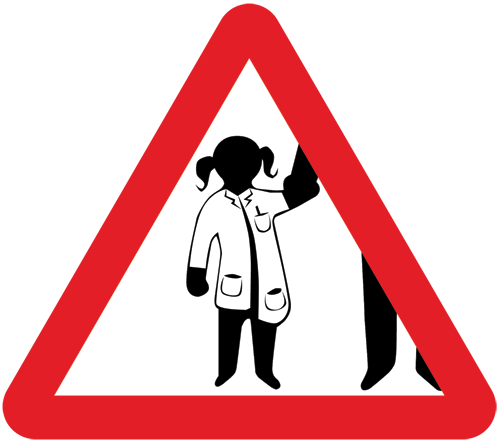Lava Lamp

Lava lamps have been around for years and are mesmerising to watch. In this experiment, using no heat source we make a crazy lava lamp of our own.
Experiment
- Put 2 or 3 heaped tablespoons of baking powder (bicarbonate of soda) into a tall jar.
- Fill approximately one-quarter with cold water.
- Add a drop of food colouring and give the mixure a swirl. Don't worry if the baking powder doesn't all dissolve.
- Carefully pour in cooking oil until the jar is about three-quarters full.
- Pour in about a tablespoon of vinegar or lemon juice. What happens?
For an authentic lava lamp experience, do this experiment in a darkened room and put a bright torch behind the jar. Watch the shadows it casts, trippy man!
So what's happening?
At first the oil separates and sits above the water because it is less dense. When you add the vinegar or lemon juice, which is more dense than the oil, it sinks down through it and makes the coloured water at the bottom acidic. Sometimes this doesn't happen right away and you will see little bubbles of the vinegar/lemon juice floating in the oil just above the coloured water! Don't worry, these bubbles will "pop" eventually and mix with the coloured water.
When the vinegar (acetic acid) and baking soda (bicarbonate of soda, a base) mix together a chemical reaction begins, and one of the products of that reaction is the same gas that we also breathe out, carbon dioxide. This gas bubbles back out of the water and up through the oil, sometimes carrying globules of bubbly coloured water with it. When the bubbles pop at the surface, any water they carried with them will sink again while more bubbles continue coming up.
This carries on while the chemical reaction continues - you can keep adding more acid every now and then until it stops.
What if?
What would happen if you:
- Added water instead of vinegar or lemon juice?
- Used an Alka Seltzer tablet instead of baking powder + vinegar/lemon juice?
- Didn't use food colouring?
